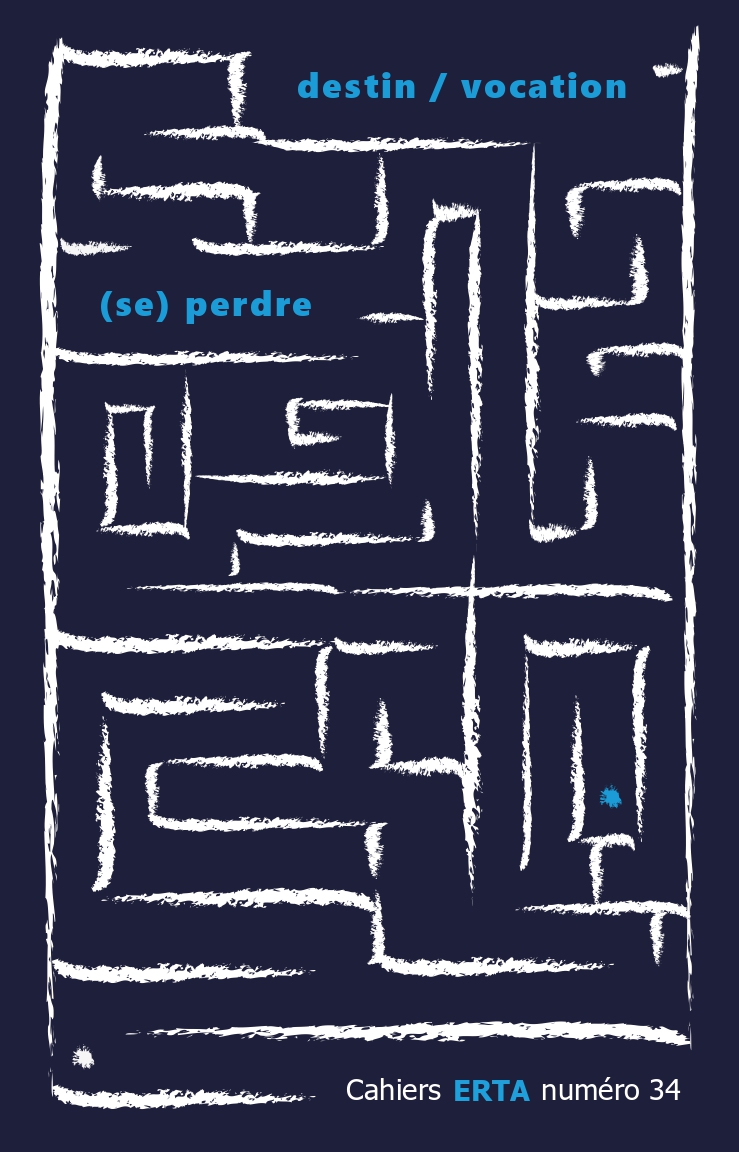Pour le décryptage de traces expressionnistes dans l’œuvre d’Isidore Ducasse
Mots-clés :
Lautréamont, expressionnisme, antagonisme, hypertrophie auctoriale, exagérationRésumé
This paper aims to highlight the resemblances existing between the poetic art by Isidor Ducasse (Lautréamont) and the poetic and aesthetic realisations of some expressionist authors. We have mainly analysed the concept of antagonism which seems to be a cardinal component of both the Lautréamont’s poetics and most expressionist works. Another part of our analysis is dedicated to the hypertrophy of the author’s I instance, emblematic in the Lautréamont’s work, reminding the expressionist principle of irradiation of the author’s I. Furthermore, we have analysed the principle of exaggeration, so much visible in Chants de Maldoror. It aims an antinaturalistic derealisation of the poetic universe as well as a caricatured painting of the political and sociological reality. All those aspects enable some sociocritical participation of the literary work in a changing world.
Téléchargements
Références
Allouch É., « Lautréamont, structure acoustique ou le clivage du moicorps ? », [dans :] L’évolution psychiatrique, 2007, no 72.
Bertozzi G.-A., « Lautréamont et les surréalistes », [dans :] Europe, 1987, vol. 64, n° 700-701.
Citti P., « Le drame au Grand-Guignol des origines à 1914 », [dans :] Revue Littéraire Mensuelle, 1987, vol. 65.
Gravier M., « L’expressionnisme dramatique en France entre les deux guerres », [dans :] Bablet D., Jacquot J. (dir.), L’expressionnisme dans le théâtre français, Paris, CNRS, 1971.
Gvahimi M., Zokhtareh H., « Lautréamont et la parodie », [dans :] Plume, 2011, no 13.
Kaczmarek T., Le personnage dans le drame français du XXe siècle face à la tradition de l’expressionnisme européen, Łódź, Wydawnictwo Uniwersytetu Łódzkiego, 2010.
Janover L., Lautréamont et les chants magnétiques, Arles, Editions Sulliver, 2002.
Lautréamont comte de, Les chants de Maldoror et autres œuvres, Paris, Bookking International, 1995.
Mauborgne G., « Le lecteur chez Lautréamont », [dans :] Semen, 1983, no 1.
Mrozowicki M. P., Raymond Queneau. Du surréalisme à la littérature potentielle, Katowice, Wydawnictwo UŚ, 1990.
Nathan M., Lautréamont. Feuilletoniste autophage, Paris, Champ Vallon, 1992.
Palmier J.-M., L’expressionnisme et les Arts, Paris, Payot, 1979.
Pierssens M., Lautréamont. Ethique à Maldoror, Lille, Presses Universitaires de Lille, 1984.
Rousse E.,« Ducasse iconoclaste ou l’art du “pilleur d’épaves célestes” », [dans :] Babel, 2008, no 18.
Steinmetz J.-L., « L’épopée Maldoror », [dans :] Romantisme, 2016, vol. 172, no 2.
Trouve A., « De Maldoror aux Poésies. Extravagance et défi de lecture », [dans :] Carnets. Première série, 2012, no 4.
Ziółkowski S., « Le temps et l’espace dans L’Inconnue d’Arras d’Armand Salacrou. A la recherche des traces de l’expressionnisme dramatique », [dans :] Romanica Cracoviensia, 2020, vol. 20, n°1.

 Revues scientifiques académiques
Revues scientifiques académiques





